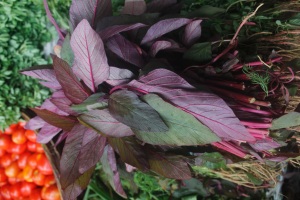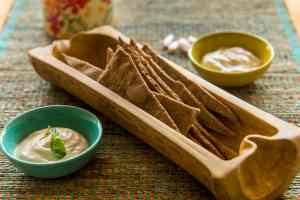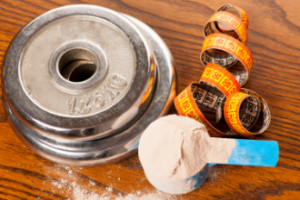Growing up in the hills, we always had ‘Chulai’ ladoos or chikki as a Navratri staple. But it was only in 2007 when I was roaming the Himalayas filming a group of organic farmers there, that I became aware that Chulai, also known as Amaranth, Ramdana or Rajgira is nothing less than miracle food, that the paharis (mountain people) swear by.
More research revealed that this ancient seed is really high in protein (similar to its famous foreign cousin – Quinoa) calcium and loads of other minerals. It is low in fat, and also gluten free !!! What is most amazing is that you’ll find it sitting on the corner grocery store shelf at a reasonable price. If you want to know how to use it, you don’t really have to even google. Just get hold of your grandmother and have a chat with her about it. There’s a good chance that she’ll give you a million awesome ways to include it in your diet.
The farmers are full of stories about their traditional foods, and one such story I was told is that amaranth is really very resilient. Amaranth falls in the category of pseudo-millets or pseudo cereals, which makes it slightly different from millets, and even easier to digest. Other common pseudo millets that you may know are buckwheat and quinoa.
What is amazing about millets and pseudo millets is that they can grow on rugged stony soil, can withstand extreme heat or cold, survive regardless of the amount of rainfall they receive. Thus we see millets growing happily in every part of the country, even though climatic conditions differ so dramatically.
HOW TO USE AMARANTH
Here are a few ideas to go by. The seeds can be heated on a high flame and made to pop. Popped amaranth can then be used to make ladoos, chikkis, breakfast cereal, kheer, bread or high protein energy bars. The seeds can be ground into a flour, and then used to make chapatis, khakhras, or crackers.
Amaranth has this amazing nutty sort of flavour. The best thing I find about using the flour is that unlike other gluten free grains, it is much easier to use for chapatis and they turn out much softer than Jowar, Bajra and Nachni rotis.
A word of caution when using amaranth flour. It needs to be refrigerated and used soon as it turns rancid (bitter) within 2 months of grinding. Hence buy small quantitites as per your requirement.
Amaranth leaves (the red leafy bundles available at vegetable vendors) too can be put to great use in cooking vegetables, in salads or in juicing. Gourmet chefs are now using the beautiful velvety red amaranth flowers in their salads. So truly, the world of possibilities with this humble plant are endless 🙂


So, tell me are you inspired to try out amaranth and other millets?
 EAT PLANTS
EAT PLANTS MOVE DAILY
MOVE DAILY SLEEP MORE
SLEEP MORE



